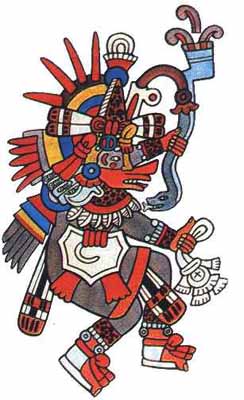Charles Pollack
9/25/2011
Eng 1B
Week Three- Prompt #1
I am picking the theme of faith-based religion. The Islamic Revolution is a fundamentalist movement based on religion. Impacted at the very beginning of the story, Marjane confesses confusion and demonstrates the modern and the religious aspect of family doctrine and the fundamentalist doctrine. The picture shows half of her in the avant-garde and the other half of her shows the veil (6). Marjane goes on to say she is religious since birth and her belief that she is a prophet. At this point in the story the word prophet, I beleive, is somebody who claims to interpret or transmit the commands of a deity. The pictures of several prophets, images that seem to suggest Mohammad and Jesus Christ among others, emphasize this point (6). Her belief in God and the goodness of Him reveals this to her in this form of faith before the Revolution, which takes place in the next 4 years of her life at the age of ten.
Religion has affected Marjane’s family. Her mother and father are idealists; they are against the fundamentalist doctrine. Her mother opposes the fundamentalist doctrine by demonstrating (5). The father has a Cadillac, a symbol of capitalism (6). They hide evidence of thier idealism, from the fundamentalist regime, by hanging up black curtains. This keeps the prying eyes, of the fundamentalist regime, from looking into their world (105).
Another idea of Marjane, I believe, is how she juxtaposes the religious aspect of the word prophet, to mean, "somebody who advocates a cause or idea"(online English Dictionary). She uses this example in the following statements, “…our maid did not eat with us.”, and “…my father had a Cadillac.” and “…grandmother’s knees always ached” (6). She writes, in her Holy book, rules that advocate just causes. At this point of the story, her belief in religion or the word prophet, has more to do with the meaning of doing good for others, then the actual interpretation or transmittal of commands from God. She then goes on to have discussions with God seeking justification to begin her calling as a prophet (8).
The opening chapter is an example of symbolism, The Veil. This symbol conveys internal and external statements. The religious aspect was to keep the hair covered from men's eyes (74). This is a religious external statement. I believe the internal statement is the representation of the veil itself in Marjane’s life. While she is in the public view, she must conform to the religious standard. In her home, she can take this veil off and her life is very non-conformist. She becomes like her parents, the symbolic idealist. Actually a rebellion in itself.
The theme of religion throughout this book is complex. It is not so much religion itself but, by the symbolism of living two different lives in and out of the fundamentalist view. She acknowledges God in her life, and then denounces Him. She reads Marxist views in the comic titled, Dialectic Materialism (12) and again Marjane’s views are conflicted by the reality of the world she lives in. It is a conflict of faith.
I believe that the religious theme is central to the character through out the book. From the beginning of the Islamic fundamentalists, the Marxist views of her family to having to leave the country because of the religious conflicts between the two ideals.
